Perseverance: Gaming in the face of Adversity
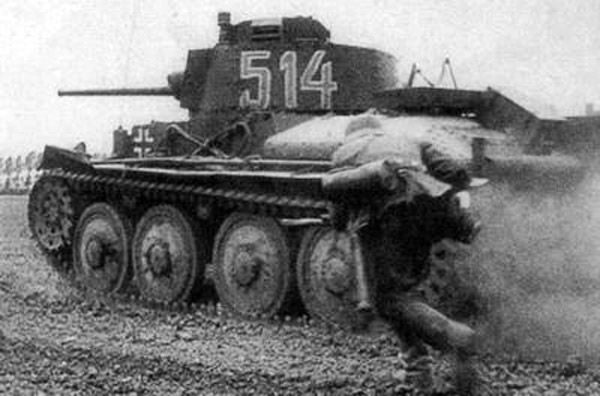 By David Garvin
By David Garvin
From 14 to 16 October, I was the Tournament Director for an Advanced Squad Leader (ASL) Tournament in Fredericton, New Brunswick, Canada. I hosted one there last year and had about a dozen gamers show up, from as far away as Hamilton, Ontario and even from Massachusetts. This year, in spite of some buzz generated online, a number of unfortunate situations such as illness, moving, work and more caused many to cancel. In the end, a mere 4 gamers showed up to play. But in the end, that didn’t matter. We had our games, we had our opponents and we all soldiered on. This is a story of gaming in the face of adversity!
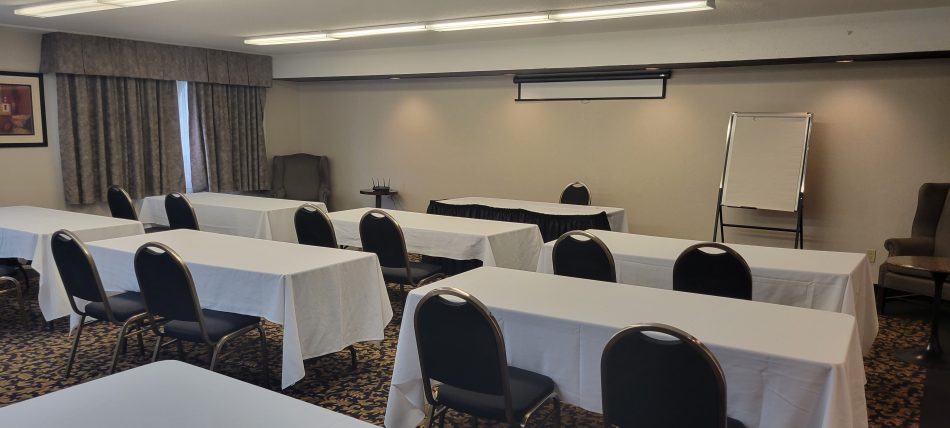
Tanksgiving was held in the capital city of New Brunswick, Canada on the weekend following Canadian Thanksgiving, hence its punny title. It was a four-round tournament and there was an innovative twist on the format. In many tournaments, there are normally 5 scenarios per round. Opponents will rate their top 3 scenarios they wish to play, compare notes, and then from that will select which to play. For Tanksgiving, there was an added twist. Based on a suggestion from a fellow ASL gamer, we decided to increase the scenario complexity by round. By way of explanation, this was based on the chapters in the ASL Rule Book, which are set up as follows:
- Chapter A: Infantry and Basic Game;
- Chapter B: Terrain;
- Chapter C: Off-board Artillery (OBA) and Ordnance;
- Chapter D: Vehicles; and
- Chapter E: Miscellaneous.
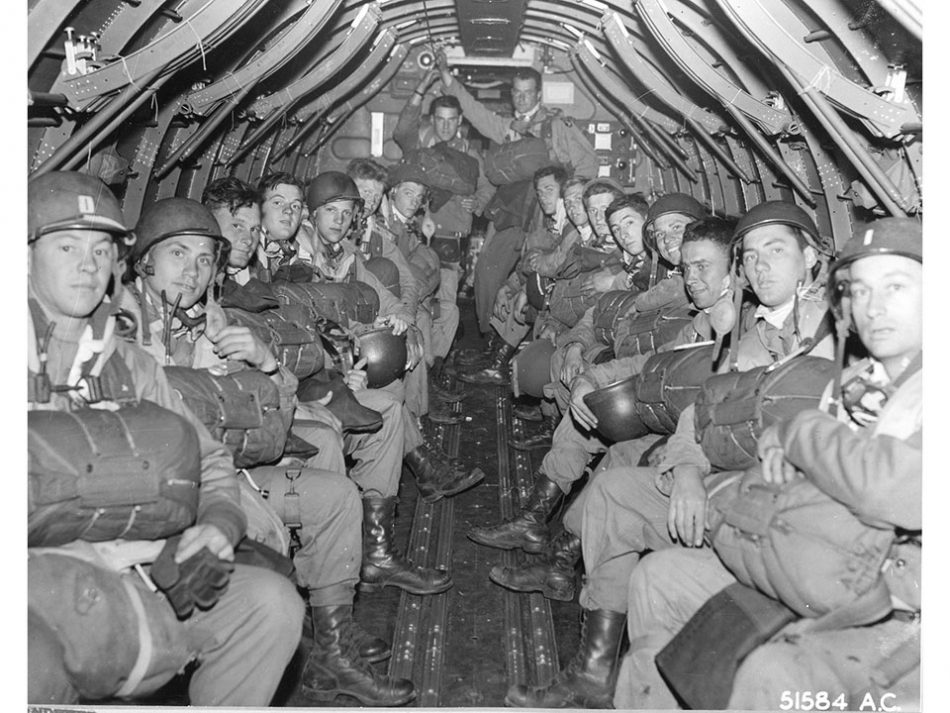
There are more chapters, of course, but these were the relevant ones for Tanksgiving. In round 1, scenarios that only required chapters A and B were selected. These were further divided by the specific rules within those chapters. For round 1, the themes were:
- Basic Infantry
- Cavalry
- Fire/Flame
- Fortifications
- Fortified Buildings
So, with each theme there were two scenarios. As such, with 5 themes per round and at 4 rounds, this meant a total of forty scenarios were selected for play for the tournament! Therefore, the scenario selection process was a bit more detailed than in most tournaments. In the end, that just meant an extra minute – or two – in the process. This was how that process worked:
- Each player secretly chose his preferred theme, in order, first, second and third.
- Players then compared selections and determined the theme based on preference.
- Once the theme was agreed upon, players then selected which of the two scenarios they wished to play. If opposite scenarios were chosen, then a die roll determined the scenario.
- Once the scenario was agreed upon, players then secretly selected side preference: Axis, Allied or no preference. If there was a tie, then a die roll determined sides with the player not getting his preferred side getting the balance for the opposite side.
In all that took about 2 minutes for each match-up to resolve.
In round 1, the themes selected were basic infantry and fortified buildings. This saw 2 classic scenarios being played, ASL A The Guards Counterattack set in Stalingrad in 1942 and ASL 126 Commando Schenke set in Latvia in 1941. As defender, the Germans won in Stalingrad and as attacker, they won in Latvia. Round 1 was over and it was time to move on to Round 2. As an aside, players are normally paired off according to to win/loss records. With only four players and with four rounds, we decided to go with a round-robin tournament. Everyone played everyone else!
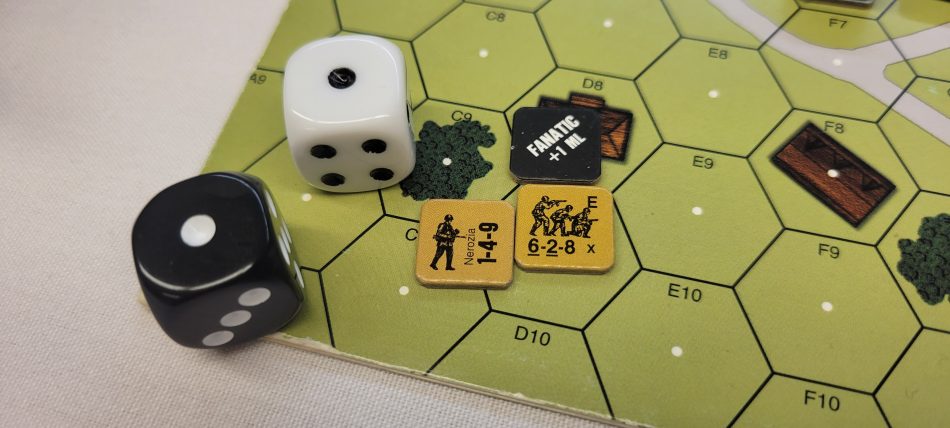
Now on to round 2! In this round, with Chapter C added, both matches ended up selecting on-board guns as the theme. The games were ASL 14 Silence that Gun set in Normandy in 1944 and ASL 188 Zon with the Wind set in Holland in 1944 as part of the campaign to take Arnhem. In both cases, the Americans were attacker and in both cases, the Germans prevailed! As a result of these games, the standings were as follows:
- Mark: 2-0
- David: 2-0
- Nick: 0-2
- Adrian: 0-2
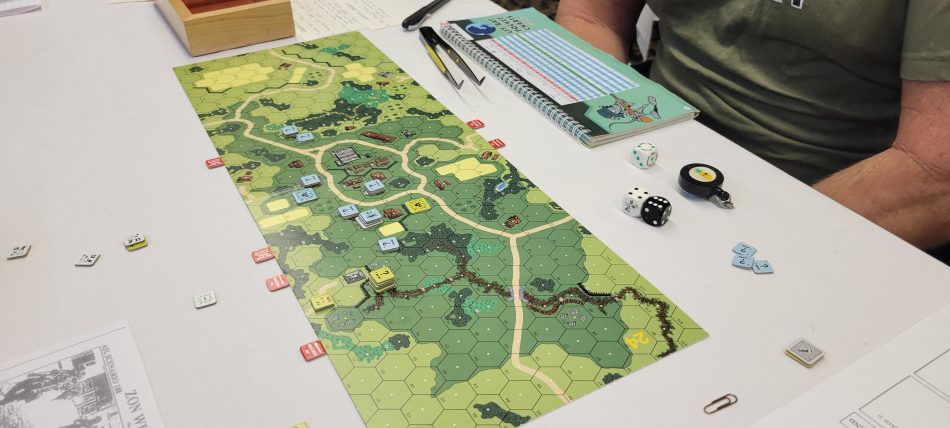
The scenarios chosen were all selected for a number of reasons, including length. It’s important to have matches that can easily be completed in the given time. This was the case with Tanksgiving and as such, round 2 was complete by noon, allowing a five-hour break before hitting into the next round. The themes selected for play were non-turreted AFVs and turreted AFVs.
David and Mark fought AP52 Into Vienna Woods as Nick and Adrian battled SP173 Der Letzte Geburtstag. I fought as Waffen-SS against Mark’s defending Soviets and Nick was Soviet against Adrian’s defending Germans. In this case, the Allies prevailed in both games! Both games were barn-burners that came down to the wire. Nick got his first win and Mark preserved his perfect record! It was time to retire for the evening (and for some beers) to prepare for the final round on Sunday.
In the final round, the scenarios were out of Chapter E. Although the title of the chapter is the innocent-sounding Miscellaneous, it is anything but. Among its topics are the themes in round 4: Air Support, Boats, Gliders, Night and Paratroop Landings. In the case of Tanksgiving, the eventual champion would be he who would master most of the rules. And such was the case for our 4th round, with participants selecting paratroop landings and air support as the themes. 1-2 Nick went up against Adrian as he sought his first win. Nick was an attacker, as his German Paratroops landed among defending New Zealanders and locals in Crete in OB4 Headhunting for Bloody Huns.
Meanwhile, Mark sought to go a perfect 4-0 as his Danes were defender against my attacking Germans. As luck would have it, my Air Support consisted of 2 Fighter-Bombers. I was hoping for dive bombers, but that was not meant to be. In the end, Nick’s paratroops won in spite of some gruesome losses and I got some revenge for my earlier loss by defeating Mark. I even got a critical hit on Mark with my bombs, as we played in FE85 Danish Pride.
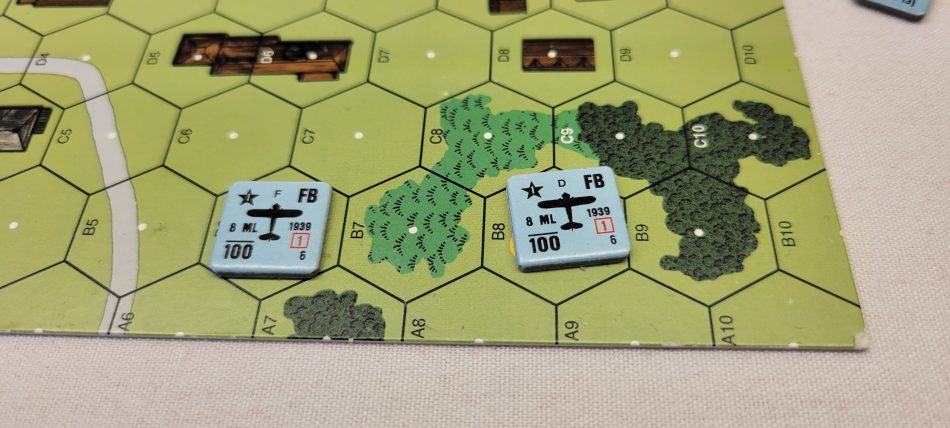
By the end of the tournament, we played a total of 8 matches. Mark got the championship based on a tie-breaking format (ie: as Tournament Director, I deferred). There was plenty of ASL goodness, including several cases of battle hardening, sniper attacks, hero creation, and even field promotion based on some unlikely heroism in close-combat. But at the end of the day, the lesson was clear: even though you may end up with fate keeping many of your players away, keep at it.
Earlier in the week, I was ready to admit defeat and scrub the event based on all the cancellations. But I had already booked the time off, the other players were insistent on going ahead and the weather was looking good! So we played on and I learned some invaluable lessons on the tournament format, which will serve me in good stead as I prepare to be the tournament director for the Canadian ASL Open to be held at the same venue, set for next May. I hope to see you there!
David Garvin is an avid ASL gamer and tournament director. This was his fifth time as Tournament Director and will act as such for CASLO 2023.
